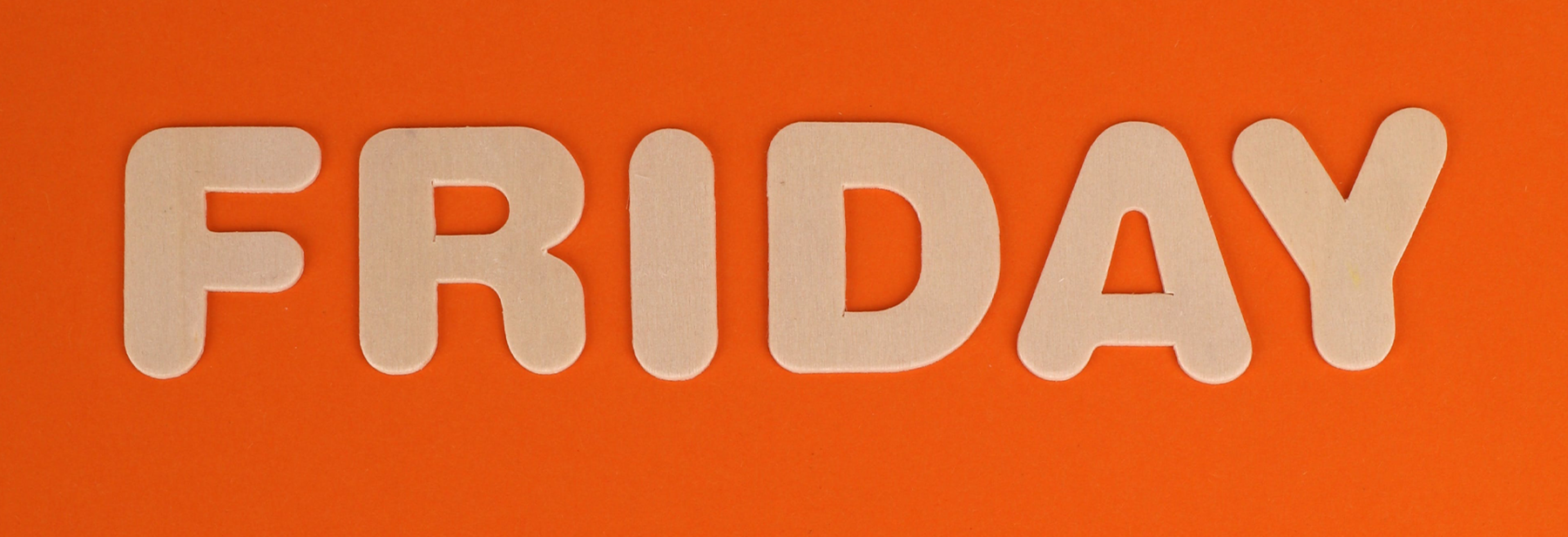
ServiceFriday: Should You Hand Write Messages to Customers? Yes!
Cultivating strong relationships with customers is crucial for a business in the service industry. As forms of communication move more towards online means, businesses face a difficult question: how do you reach out to multiple clients efficiently, while simultaneously showing each individual one they are valued?
In an article written by Xingyao Ren, Lan Xia, and Jiangang Du, the effects of different formats of message delivery are examined, specifically looking at handwritten versus print written communications. The article delves into customer perceptions, such as feelings of warmth, of service firms and which factors influence these feelings, such as perceived effort and psychological closeness.
A service accompanied by greater perceived effort is considered “sincere, honest, and without fraud,” while lack of effort is regarded as somewhat “insincere and perfunctory.” Customers often notice and make inferences of service providers’ effort level, so it is an important factor driving service satisfaction.
Studies were conducted to determine perceptions of effort formed when receiving both handwritten and print messages. Handwriting features slanted, curved, and irregular strokes and “stems directly from human effort, combining cognitive, kinesthetic, and perceptual-motor components.” Research shows that when a person reads a handwritten message, the “primary motor cortex of the left cerebral hemisphere and its supplementary motor areas become more active. From these brain activation patterns, they conclude handwriting activates the memory representation of actual letter formation and leads the reader to simulate hand actions associated with writing.” So when people simulate writing actions, they perceive that handwriting takes more time and physical exertion than print. Therefore a business will give the impression they have exerted more effort for the customer when sending handwritten messages.
Psychological closeness is defined as “feelings of attachment and perceived connection with another entity.” Handwriting is associated with the human being behind the message, so consumers feel psychologically closer to a firm when receiving a handwritten message, which further leads to a feeling of warmth and trust. Handwriting also features shapes that are curved, spherical, and circular, which studies have found to be associated with softness, love, and warmth. Angular shapes, which are featured in print, are perceived as a threat.
The overall findings of the research were that people perceive handwritten communication as “personal, laborious, and time-consuming” and printed communication as “impersonal, mass-produced, and not requiring significant amount of effort.” So when resources allow for it, businesses should opt for handwritten communication. It is more effective in building relationships because it elicits stronger feelings of warmth due to the perception of greater effort and feelings of greater psychological closeness to the business.
To read the full article go to Emerald Insight. (A fee may apply.)